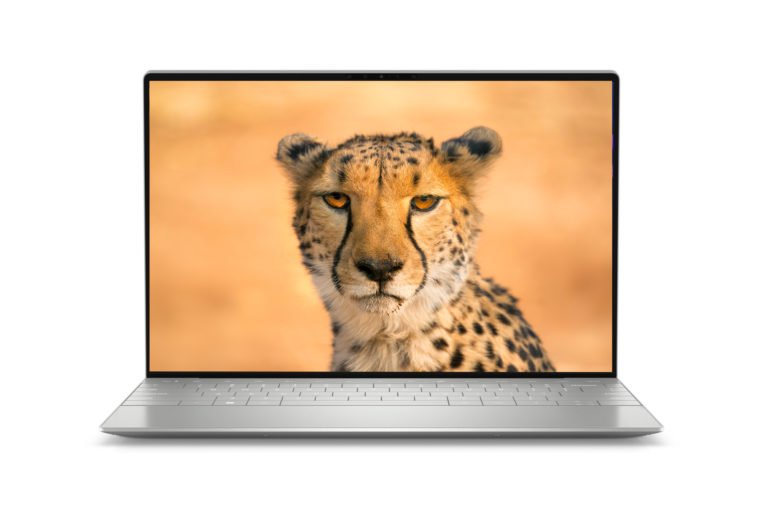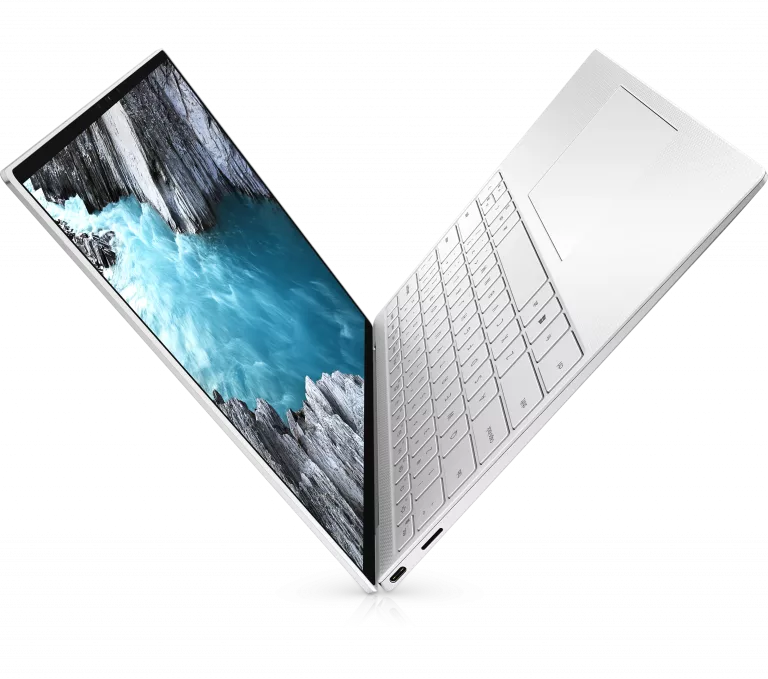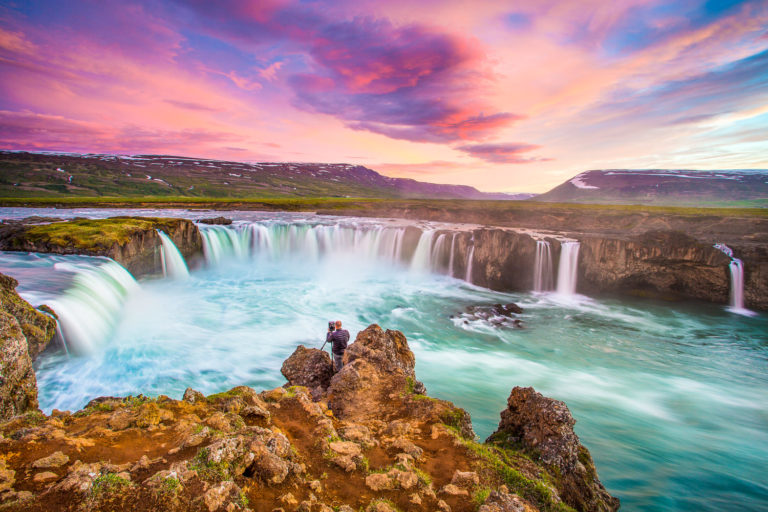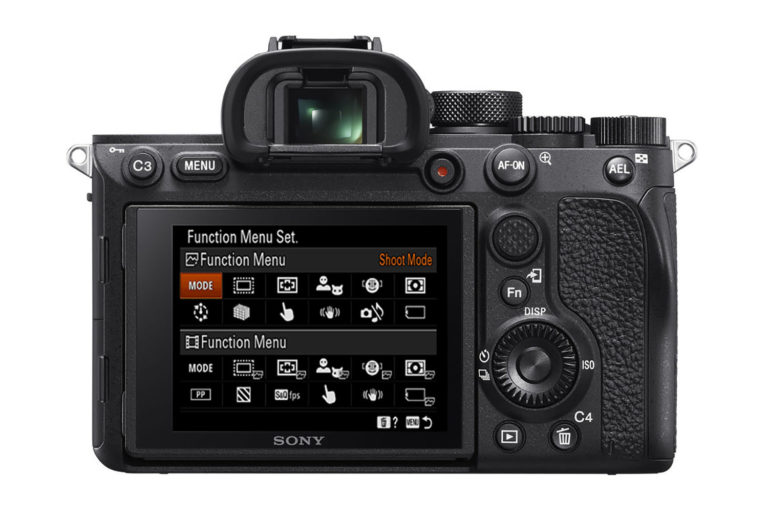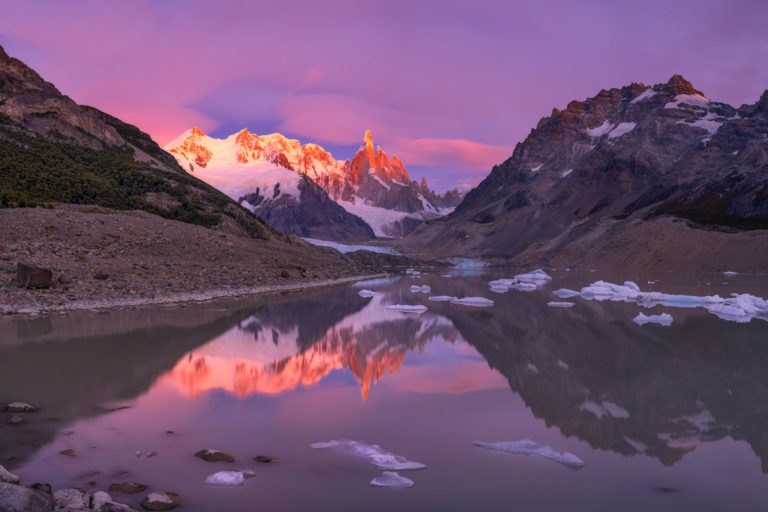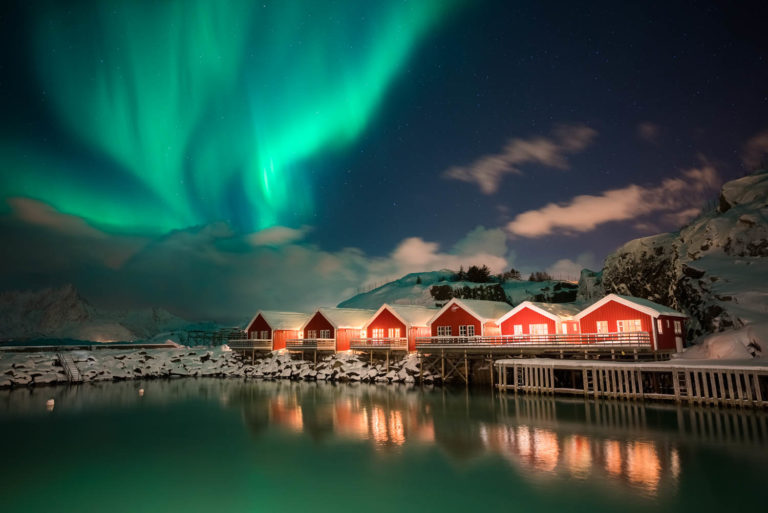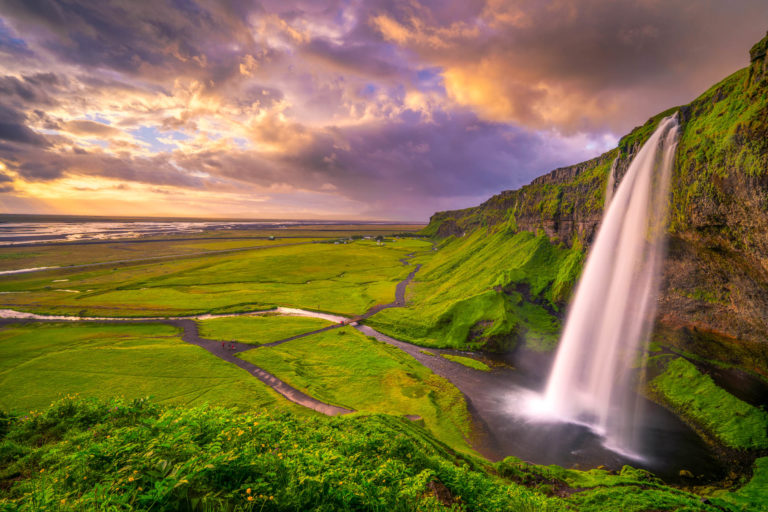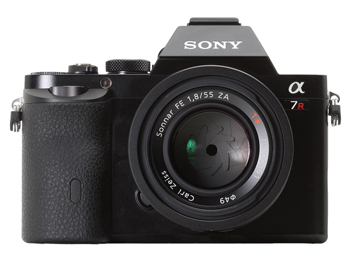 When Sony announced the a7/a7r on October 16th, 2013 it lit the photography world on fire. For the first time, a camera manufacturer had managed to make an affordable full frame mirror-less camera in an ultra portable body. Photographers all over the globe, myself included, began to realize that the mirror-less revolution might be here sooner than we realized. Unlike other mirror-less cameras from companies like Fuji, Olympus and Samsung, Sony finally offered a Full Frame camera system that might actually replace the use of a standard DSLR for professionals.
When Sony announced the a7/a7r on October 16th, 2013 it lit the photography world on fire. For the first time, a camera manufacturer had managed to make an affordable full frame mirror-less camera in an ultra portable body. Photographers all over the globe, myself included, began to realize that the mirror-less revolution might be here sooner than we realized. Unlike other mirror-less cameras from companies like Fuji, Olympus and Samsung, Sony finally offered a Full Frame camera system that might actually replace the use of a standard DSLR for professionals.
Once the camera was released, I began to comb through various social media posts and message boards , realizing that many photographers had questions. This technology was brand new after all and if photographers were going to make the switch to a new brand, they needed to know about GPS units, flash compatibility and AF accuracy.
After hearing from all of you, I decided to reach out to my Sony contacts and schedule a number of meetings/conversations with Mark Weir (Senior Technology Manager) and Kenta Honjo (Lead Product Manager) to discuss a number of topics and questions that many of you have been asking over the last few months.
My full review will be posted in roughly two weeks, but enjoy this post in the mean time.
Why Did Sony Create the a7 Series?
Before jumping into the questions to discuss various aspects of these cameras that are important to photographers, I wanted to give Sony the opportunity to talk a little about the motivation and backstory of the Sony a7/a7r series of cameras.
Mark Weir started things off, “In terms of the motivation behind developing the cameras, many photographers are often interested with opposing virtues which involves better and better image quality and performance with smaller and smaller size. Most photographers seem to have become acutely aware of the size and weight of not only the bodies, but also of the lenses. So what we wanted to do was realize the virtues of full frame interchangeable lens cameras at half the size and weight of a DSLR, to allow photographers to enjoy that level of performance with more convenience and give them the ability to shoot in the moment in a way that a large DSLR might make it difficult to do.This is true not only for the cameras, but also the lens. We are not only creating smaller and lighter FF cameras, but smaller and lighter lenses as well”.

Lens Road Map & History
One of the challenges of releasing a new camera with a new camera mount is the lack of a camera lens eco system. Luckily for users, the a7/a7r can take advantage of most lenses out there from other manufacturers (Canon, Nikon, Sony, Zeiss) through a variety of adapters. While this works for photographers like myself that are still running hybrid setups (Canon/Sony for me), the reality is that the Sony FE mount still has a way to go in terms of options. After-all, what is the point of a lightweight/portable FF camera if you have to put massive lenses on it to truly take advantage of the sensors?
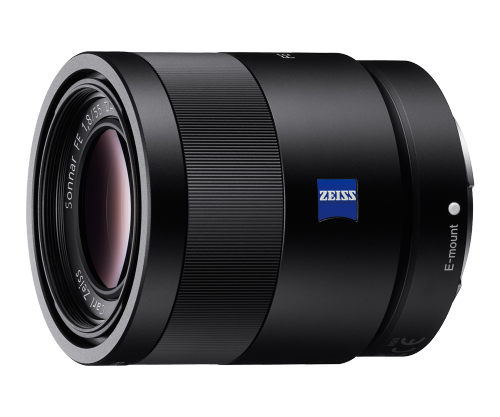
When I asked Mark about the current small lens ecosystem, he said, “We were aware from the beginning that lens availability was a concern which is why we released at the time of announcement our lens road-map for 2014 and 2015 to assure those that want to use the a7/a7r of our commitment to developing 5 lens initially, 10 lens by the end of 2014 and 15 lenses by the end of 2015. At the same time it is important to realize that e-mount is e-mount. Therefore the 13 e-mount lenses which are already in the market can operate very nicely with the a7/a7r in much the same way the other manufacturers sub-frame lenses work with their full frame counterparts.”
Personally I am looking forward to more FE mount lenses, even though I have truly been enjoying a few Sony Alpha lenses (namely the Zeiss 16-35 f/2.8) and of course my Canon lens line up with the Metabones adapter. Recently the Zeiss 55mm 1.8 ZA lens (FE mount) was reviewed by DXO Mark and was awarded as the best AF lens ever tested. If this is any indicator of things to come, I think all Sony a7/a7r users are in for a treat.
Telephoto Lens Vibrations
One of the few issues I came across in terms of using the a7/a7r has been perceived as shutter vibrations at certain shutter speeds when using a telephoto lens, such as Canon’s 70-200 f/2.8L IS II. When capturing an image around 1/100th of a second, the vibrations of the shutter appear to cause your shot to be out of focus (as small vibrations/camera shake become more of an issue with any telephoto lens over a wide angle counter part). Seemingly, when using slower or faster shutter speeds, the issue is not apparent. I can attest to this issue as I have experienced it first hand when using this setup in Iceland. Luckily there is an easy short term fix, which involves making sure your tripod head is secured tightly and then applying light but firm pressure on the lens hood (pushing down towards the ground). This will stabilize your setup and provide solid results. I even do this with my Canon 1dx setup when using my 1.4 TC (Tele-converter) to help mitigate for any wind or shutter shake.
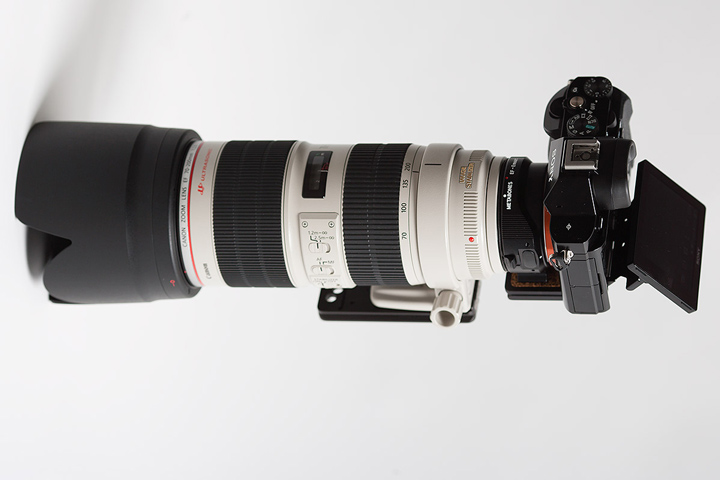
While Sony’s has not officially responded to this issue, Mark was aware of it and has been reading the same message boards I have. While he believes that the issue is somewhat situational, depending on a variety of variables that are outside of Sony’s control (such as weather and tripod/ball head selection), he didn’t rule out a possible firmware fix, saying “anything is theoretically possible”. He did however stress that a software fix might not be as simple as instituting a “shutter delay” mode to delay the time in which the shutter kicks back up after taking the shot (which is the most likely cause of the vibrations). One of the challenges that Sony faced when building this camera was the sheer size that had to work with to fit all the necessary parts. With a Canon DSLR, such as my 1Dx, there is so much more room between the lens mount, the mirror and my sensor than with the Sony a7r mirror-less setup. This was bound to cause some unforeseen issues.
Once I released this was a potential issue, I made the necessary adjustments to how I shoot with a telephoto lens on this camera and it hasn’t effected me since.
AF System Accuracy
Soon after the camera was released, a few reports began coming out that focused (pun intended) on the AF system of the a7 and a7r cameras. The consensus of these reports was that the AF system wasn’t as fast as some competitors cameras and that it also wasn’t as accurate as it should have been, especially with the a7r which uses a different AF system than the a7. When I brought this up with Mark, he was aware of these reports and offered up an explanation. Much like the Nikon D800e, there is no AA filter and the resolution offered up by the a7r is impressive, sitting at 36mp. What this means is that you will find imperfections in your photos much more readily than with a smaller cropped sensor body for example. When you mix this with size and portability of the a7 series cameras themselves, you begin to see photographers using these cameras much like they use a point and shoot camera, rather than a DSLR. This isn’t to say that you can’t handhold these cameras when taking photos, but rather that you need to be more consciously aware of your movement and vibrations, especially with the a7r.
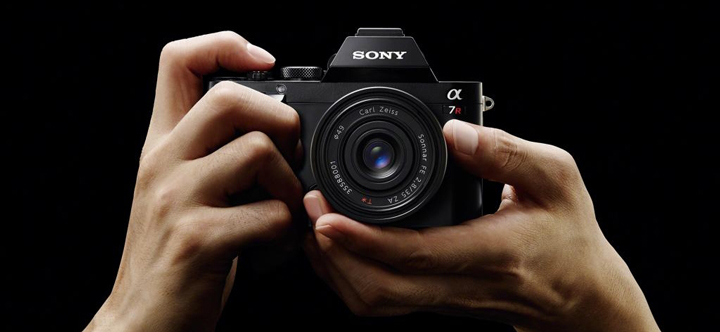
As for the a7 series cameras, the more I have used them over the last four months, the better I have got at learning how make the most of their AF systems. On top of this, just a few days ago (March 18th, 2014) Sony officially released its first firmware update for the a7/a7r and one of the included features is a faster AF system. More info can be found below.
A6000 Comparison
Just before my last conversation with Mark and Kenta in mid February, Sony had announced the a6000. While it is a completely different camera (with an APS-C cropped sensor), Sony has been touting it as offering the most robust AF system in the world (including AF speed and AF point coverage). Since we had already been discussing the AF system on the a7 series, I felt it was a good time to bring up the a6000 and ask how it compared. In all honesty, I was simply curious to know if this technology would eventually trickle into other camera lineups (like the a7r’s successor).
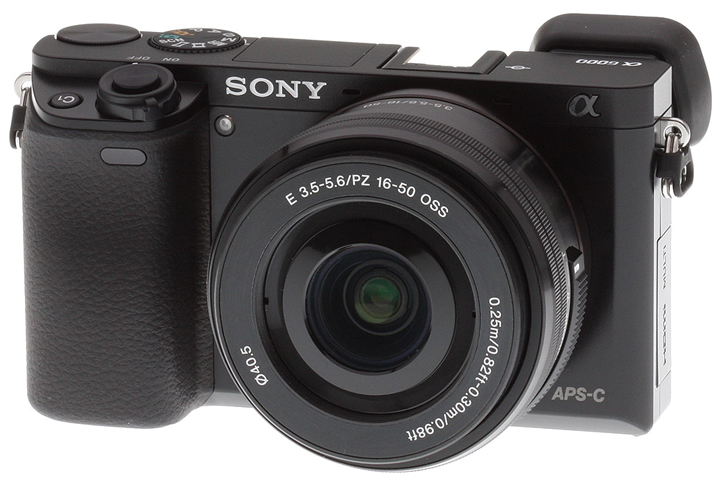
When I further pressed about the challenges with this technology, Mark said, “We believe that what we have done with realizing coverage and speed really represents a landmark development in the move away from opto mechanical cameras of the past to full electronic cameras of the future. If you think about it, phase detect AF has always required a very high procession (separate) optical sensor with high manufacturing costs and very close tolerance alignments and there are tremendous advantages in doing it, but it is very expensive to make. If you look at the very top end of DSLRs, you can see the point of diminishing returns that has been reached. These days a Canon 1dx has 65 line sensors and covers maybe 50-60% of the frame and these are the most expensive sensors available. We are effectively brushing that aside and by doing it on the silicon with the image sensor, we can make a $650 body with 179 cross points that covers 90% of the frame.”
As for where we might find this technology next, Mark alluded to that as well. “The fact that it is in this camera is an accident of timing. I think it is the development of the technology that is important and it is going to be the way cameras are going to be made in the future by companies that have access to this kind of silicone.”
Does this mean we might some day find a FF mirror-less body with 90% of our frame covered in AF points? I think so!
Menu System Limitations
One point of contention with certain photographers is the lack of complete control over the bracketing system with the a7/a7r. The issue is two fold. 1.) You are limited in what brackets you can do, such as a 5 shot bracket can only have a max difference of .7 stops per shot, rather than 1 stop or 2 stop difference. 2.) Currently the remote shutter and bracketing options live in the same single choice menu, meaning that you can set your camera on 2 second delay or your bracketing setup (such as a 3 image bracket at 2 stop differences) but not both at the same time.
When I asked Mark about this he admitted that he (and Sony) are well aware that the system is not perfect. The saving grace in their minds is that the option to turn on the functionality of using a remote control is now separate (a relatively new update to their older NEX systems), which allows you to use a remote as well as choose your bracketing setup of choice. I have personally used this out in the field with a cheap $6 IR remote from Opteka and it works great. Regardless, Mark’s main response to the issue was that Sony had been so focused on creating the technology to make a FF sensor fit in these small bodies, that software enhancements had been pushed to the side. However now that they have pushed the boundaries of what many of us thought was possible, they can look to improving the software side of things.
Additionally, check out the section in this post that talks about smart phone mobile app support.
GPS Unit Availability
If you are like me, you have gotten used to having the ability to geo-tag your images when out shooting in the field. After all, it is always nice to know exactly where that one rock or tree was that you stumbled upon while hiking in the Sierra Nevada Mountains so that you can revisit it under different conditions. As of right now, there are no easy solutions. I for one do one of two things; 1. Use my Canon GP-E2 GPS unit on my Canon 1dx to take a photo to mark a certain spot 2.) Engage my Garmin Tactix GPS watch to create a “track” while shooting out in the field, which requires me to to use 3rd party software to import this data back into LR and sync my images with their corresponding locations. Neither of these solutions is ideal in my mind.
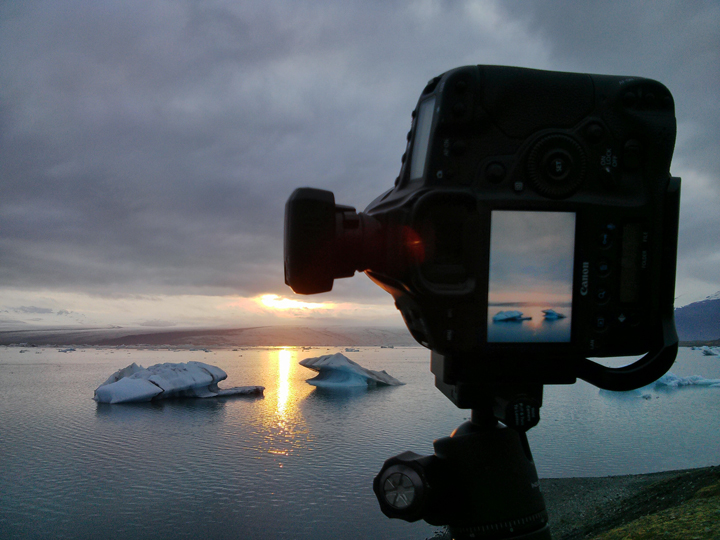
When I pressed Mark and Kento about a GPS unit, they kindly said that there are currently no options….but that this will be changing “very soon”. My hope is that when Sony does release a GPS unit, it works like the Canon GP-E2, sitting on the hot-shoe and running from its own battery (AA in Canon’s case). With the size of the battery on the a7/a7r, the last thing I would want is a GPS unit pulling more power from these small batteries.
Flash Compatibility
While I personally rarely use flash with my photography, questions about the use of flash, specifically TTL (Through The Lens) support, came up numerous times from users like yourself. When I asked Mark to explain the issue, this is what he said.
“In 1991 Minolta abandoned the ISO-518 hot shoe and decided to create their own. We (Sony) inherited that hot shoe in 2006 in the transfer of assets and maintained the auto lock shoe, for better or worse, right up until last year when we introduced the multi-interface shoe. When I talk to the guys at pocket wizard and radio poppers they always tell me they would love to develop for our system, but they don’t because simply because of the cost of molding dye for the auto hot shoe. Now that has changed and we have an ISO-518 shoe on the camera and we are hoping, or should I say encouraging third party manufactures to use the benefits of our multi-interface shoe to create off camera interface devices and we expect that they will.”
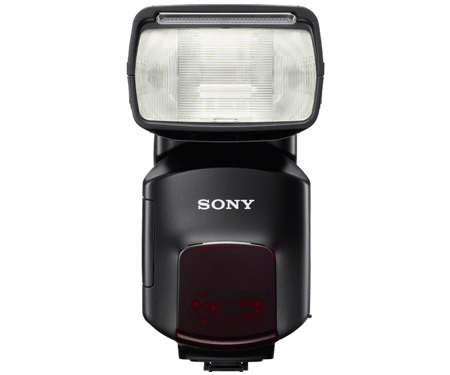
All this being said, there are manual flash wireless options available now, but TTL (which can be thought of as auto exposure flash) systems still have to wait as Mark mentioned above.
Professional Services
As a professional photographer one of the often overlooked aspects of any manufacturer is their customer service. Both Canon and Nikon offer exclusive programs for professionals that use their gear in order to make sure that they always have the best CS possible, often times getting discounts on gear repairs and expedited loaners being shipped out at the last second for a project or trip. As of today, Sony doesn’t have any such service available to the general public, but when pressed Mark Weir let me know that good things are coming.
“The irony is that we already have professional services that far exceed what Canon and Nikon are already doing and have had it for 3-4 years but we haven’t outwardly promoted it. We already have a significant number of professional photographers are using our products and they wouldn’t be using out products if we didn’t have it in place.” said Mark.
It seems the challenge that they currently face is determining which model to take after (Canon’s paid services or Nikon’s free version) or to create something entirely different. Either way I was promised that within the next 6-8 months, we will see something announced. In the mean time, I was told that if your average user dropped their a7r, they can call Sony customer support and be well taken care of.
RAW file compression
When combing through the message boards of DPreview and Fred Miranda, I came across a series of posts that focused on Sony’s RAW file compression. The consensus was that Sony’s raw images from the a7r where half the file size of the Nikon D800e (which is virtually the same sensor). This lead people to worry that Sony was using a lossy file format to shrink the file size down. In my experience with editing a7r files, I have personally not seen any instance of a loss of image data because of any compression, which many others had reported on as well, which leads me to think that Sony might be using a lossless file compression, much like tiff or dng files retain all image data. To be 100% honest, I have been blown away by the RAW images coming out of this camera so far, both in terms of sharpness/detail and dynamic range.
However when I asked Mark and Kenta about this, they were not 100% certain about the file structure or of any lossy compression. When they get back to me, I will update this section of this blog post.
Firmware Updates
One of the common worries I kept coming across from users like yourself was the continued support of the a7/a7r series. All too often camera/technology companies release a product, which is never perfect, talk about updating it, and then release a newer version instead. When it comes to Sony and the a7 series of cameras, it seems that Sony is turning a new leaf. Both Mark and Kenta spoke to me at length about the shifted focus for Sony as a whole to a few of the divisions, including Imaging. I suspect as Sony continues to diversify their camera/lens lineups, that we will begin to see a longer shelf life of these products…meaning more regular firmware updates.
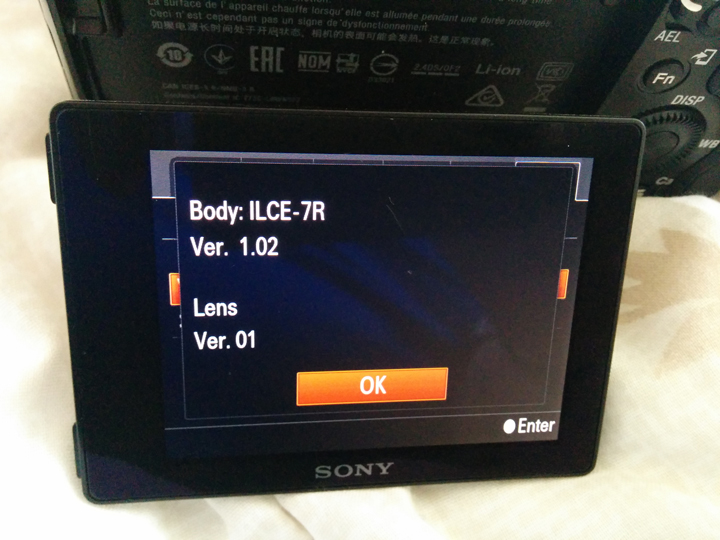
In fact, as I was writing this post, Sony officially announce the 1.0.2 Firmware update found HERE. Below you can see the release notes…
Firmware 1.0.2
- Provides support for SEL70200G
- Improves auto focus speed
- Adds functions including the “Focus hold button”
- Reduces start-up time
- The start-up time has been reduced in cases when the camera is switched on immediately after being switched off.
- Improves image quality
- Provides support for additional ”Play Memories Camera Apps” and additional features for previously supported apps.
- Provides support for “Liveview Grading” and “Smooth Reflection” applications.
- Provides support for the smooth automatic exposure feature in the “Time-lapse” application ver. 2.00 and later.
Smart Phone App Ecosystem
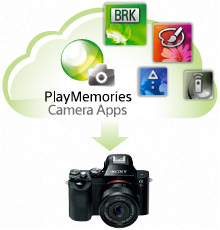 With the increased popularity of WiFi and NFC being built into cameras, including the a7/a7r, it isn’t too surprising that there has been a call for smart phone/tablet application support. Currently Sony has the “PlayMemories Mobile” app on both Android and IOS devices that allows you not only wirelessly transfer images from your camera to your smart device, but also control your camera, albit this feature is a bit limited.
With the increased popularity of WiFi and NFC being built into cameras, including the a7/a7r, it isn’t too surprising that there has been a call for smart phone/tablet application support. Currently Sony has the “PlayMemories Mobile” app on both Android and IOS devices that allows you not only wirelessly transfer images from your camera to your smart device, but also control your camera, albit this feature is a bit limited.
When I asked Kenta about the future plans for the app eco system, Kenta said “This is another area that we are putting a lot of effect into. We do have an API library that can be downloaded, but we are aware that it is limited, but it is something that we are working on. We aren’t 100% sure on timing just yet, but we will be rolling out more APIs to expand the API wifi capability so that users can create more advanced apps to control the camera.”
When I asked for more details on what capabilities these APIs might unlock, Mark said “It isn’t that we have opened the API’s for the camera, it is that we opened the API for the PlayMemories mobile so the idea is the the camera can follow the directions of the phone”. To me, this sounds like we might start having mobile apps that will allow for a much more expanded feature set/functionality of the a7 series cameras in the future. Don’t be surprised if you see a camera app being developed with my name on it in the near future 🙂
Full Review
You can expect my full review of the Sony a7r to be released next month. While I know that the camera has been out for a while, I generally prefer to truly put the gear I review through the ringer before I fully share my thoughts. Over the last four months I have been to Iceland twice, the Canadian Rockies during a polar vortex (-45 degrees) and I am currently in the humid, but temperate climate of The Big Island of Hawaii. Stay tuned!


